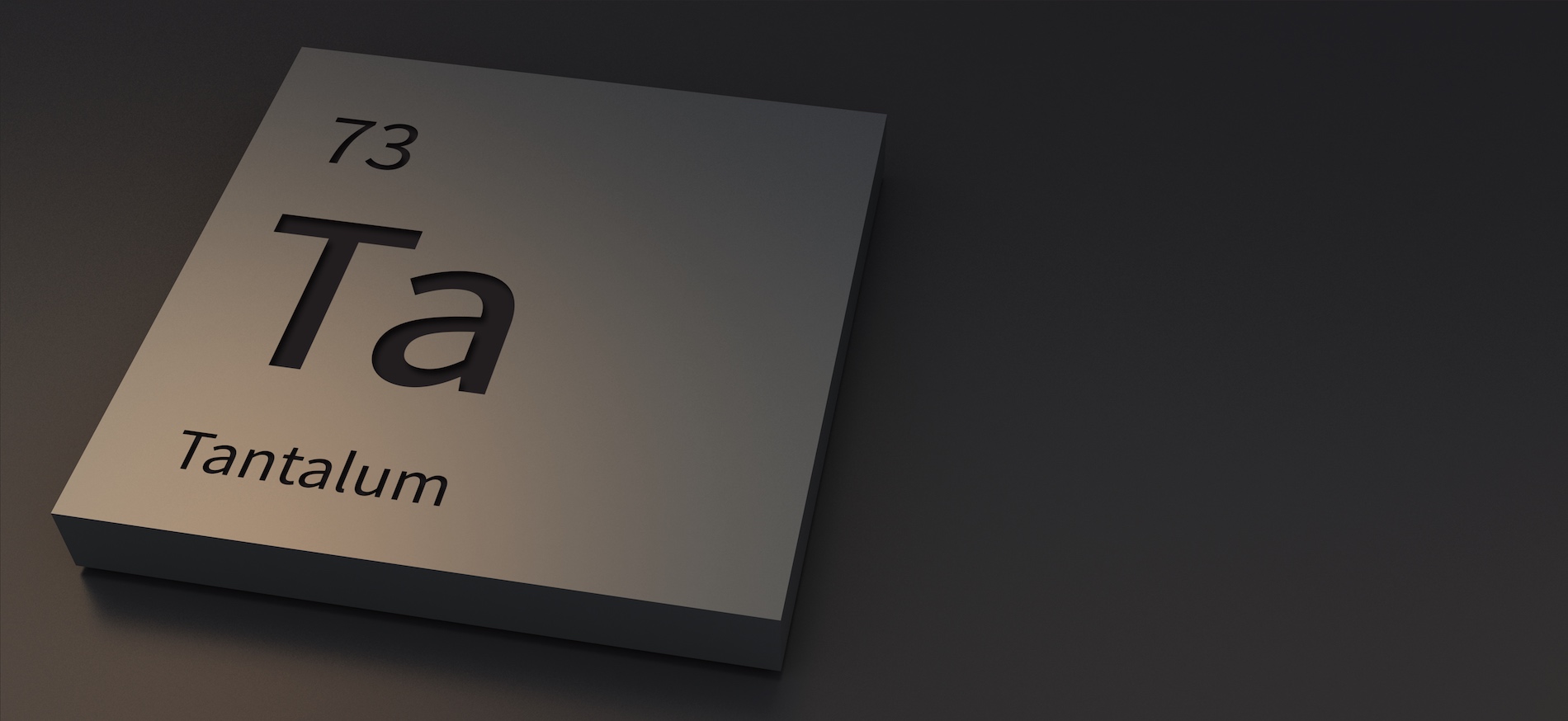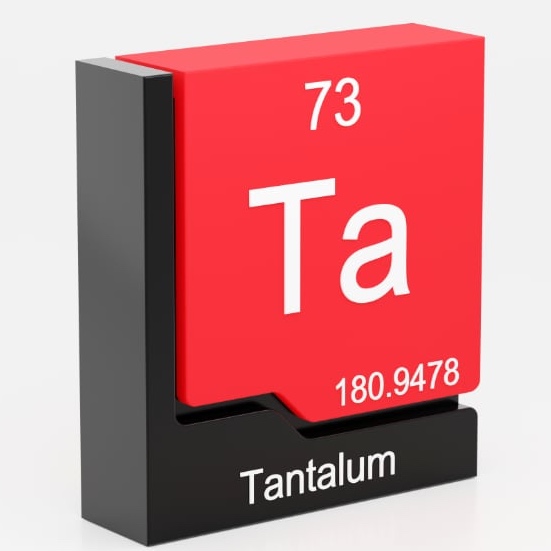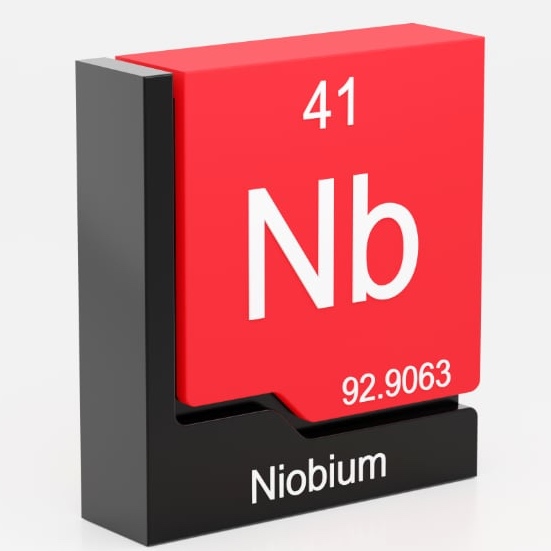Ta – Tantalum

Discover Tantalum: The Rare Metal Powering Modern Innovation
Tantalum (symbol: Ta, atomic number: 73) draws its name from Tantalus, the Greek mythological figure known for his eternal torment. This rare, hard, blue-gray transition metal boasts exceptional corrosion resistance and belongs to the refractory metals group, ideal for alloying to enhance strength and durability. Chemically inert, tantalum serves as a platinum substitute in lab equipment, but its star role today is in tantalum capacitors for electronics like smartphones, DVD players, gaming consoles, and computers. Extracted alongside its twin, niobium, from minerals such as tantalite, columbite, and coltan, tantalum is a cornerstone of high-tech sustainability.
Key Physical Properties of Tantalum
Tantalum's unique traits make it indispensable in demanding environments. Here's a snapshot of its standout characteristics:
- Appearance and Structure: Dark blue-gray, dense, ductile, and very hard yet easily fabricated for precision applications.
- Conductivity: Highly efficient conductor of heat and electricity, rivaling top performers.
- Corrosion Resistance: Nearly impervious to acids like aqua regia below 150°C; dissolves only in hydrofluoric acid, fluoride solutions, or potassium hydroxide.
- Thermal Extremes: Melting point of 3,017°C (boiling at 5,458°C) surpassed only by tungsten, rhenium, osmium among metals, and carbon overall.
- Crystalline Phases:
- Alpha Phase: Ductile and soft; body-centered cubic structure (lattice constant: 0.33058 nm); Knoop hardness: 200–400 HN; resistivity: 15–60 μΩ·cm.
- Beta Phase: Hard and brittle; tetragonal symmetry (a = 1.0194 nm, c = 0.5313 nm); Knoop hardness: 1,000–1,300 HN; resistivity: 170–210 μΩ·cm. Metastable, it shifts to alpha at 750–775°C; common in thin films via sputtering, CVD, or electrochemical deposition.
Bulk tantalum is predominantly alpha phase, ensuring versatility in manufacturing.
Tantalum's Role in Electronics: Powering Capacitors
As tantalum metal powder, this element shines in electronic components, especially tantalum electrolytic capacitors and high-power resistors. These devices leverage tantalum's natural oxide formation for superior performance:
- How It Works: Tantalum powder is pressed into a pellet (anode "plate"), coated with a thin protective oxide dielectric layer, and paired with an electrolytic solution or conductive solid (cathode "plate").
- Advantages Over Alternatives: The oxide layer is ultra thin thinner than in aluminum electrolytic capacitors—delivering high capacitance in minimal volume for compact, efficient designs.
- Applications: Perfect for space-constrained tech like portable phones, laptops, and automotive systems, where size, weight, and reliability are critical.
By enabling smaller, more powerful electronics, tantalum drives innovation across industries. At Tantalum Recycling, we specialize in recovering this vital resource from scrap, ensuring a sustainable supply for future breakthroughs. Contact us to learn how our expert recycling turns end of life components into reusable tantalum excellence.

Ta - Tantalum
Tantalum is a rare, hard, blue-gray, lustrous transition metal that is highly corrosion resistant.

Nb - Niobium
Niobium has physical and chemical properties similar to those of the element tantalum.
